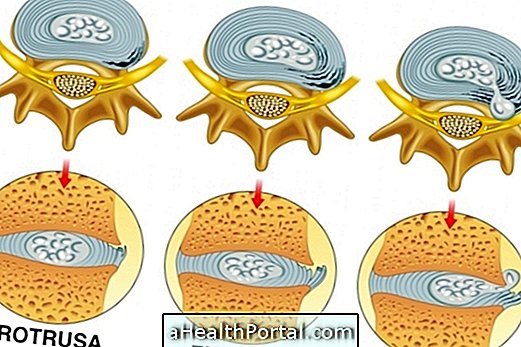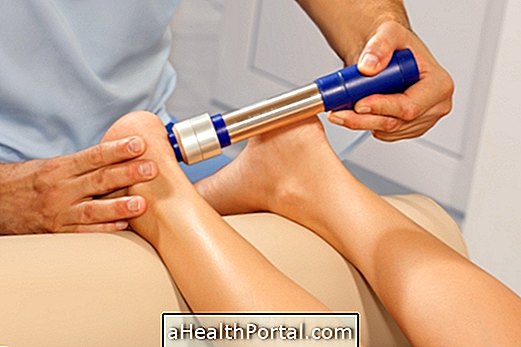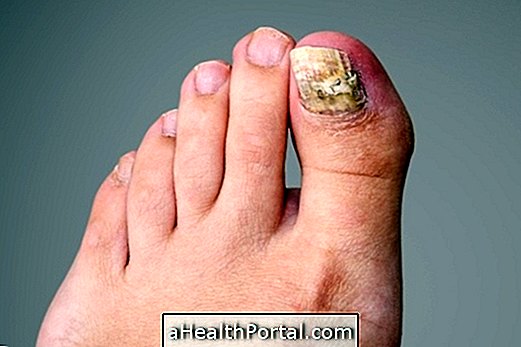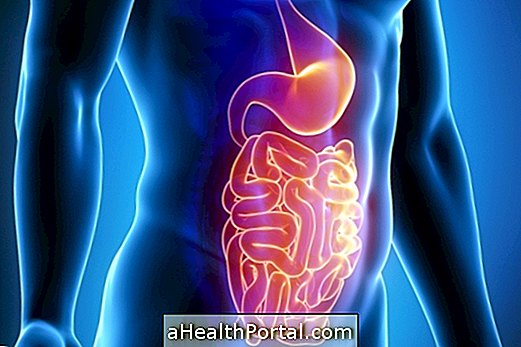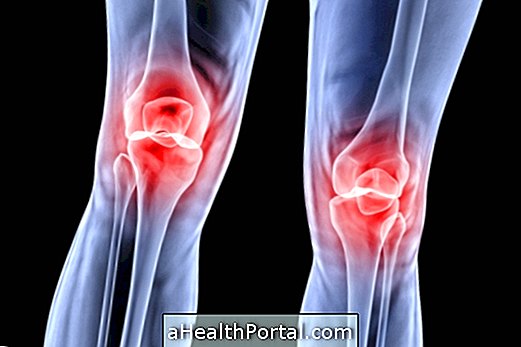The people most affected by pain due to sudden changes in temperature are those who have some type of chronic pain such as fibromyalgia, rheumatoid arthritis, osteoarthritis, suffer from sinusitis or migraine, and also those who have performed some type of orthopedic surgery on the hands, feet, arms or legs, and especially those who have some platinum prosthesis.
Pain can appear or worsen even 2 days before the weather changes and although science has not yet been able to clarify the relationship between chronic diseases and meteorological changes there are 4 hypotheses that may explain this phenomenon:
1. Decreased blood vessel diameter and muscle contraction
In a sudden change of temperature the blood vessels slightly decrease their diameter and the muscles and the joints tend to get more contracted so that there is a suitable temperature and more blood in the organs, since they are essential to the life. With less blood and heat at the extremities of the body, any touch or blow can be even more painful and the site of the scars become more withdrawn and the pain receptors located in the deeper regions of the body become more sensitive and send the stimulus of the pain to the brain to the smallest stimulus.
2. Increased sensitivity of nerve endings in the skin
According to this theory the abrupt changes in temperature make us more sensitive to pain because the nerve endings located in the skin become more sensitive and even the change in the weight of the air, with the arrival of the cold or the rain, leads to a small swelling of the joints, although it can not be seen with the naked eye, is enough to lead to the onset or worsening of joint pain. This theory may also explain why when people dive deep down they also complain of the same kind of pain, since the water pressure under the body has the same effect.
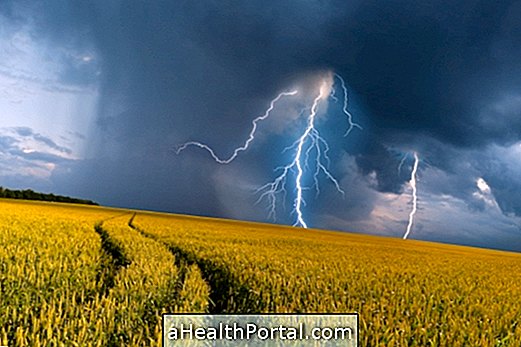
3. Change in electric charge of the air
When the cold or rain is coming the air becomes heavier and there is more static electricity and humidity in the environment, and this may presumably lead to a small contraction of the peripheral nerves located in the arms, legs, hands, and feet. This contraction, although not easily perceivable, can make the nerves more receptive to any discomfort, facilitating the stimulation of pain.
4. Change in mood
On colder, rainy days people tend to become calmer, more pensive, and even sadder and prone to depression. These feelings make the person more restful, there is less heat production due to muscle contraction and greater stiffness in the joints and these factors combined can decrease the tolerance to the pain and therefore any small stimulus may be enough to start to bother much.
How to relieve pain and discomfort
The best way to avoid the onset or worsening of pain that arises when the weather suddenly cools and there is forecast of rain or summer storm, is to keep the body well warmed, not allowing itself to feel the cold, and put a warm compress on the articulation or at the surgical site.
Also, it is important to stay active and on the move because muscle contraction promotes heat and increases body temperature by heating muscles and joints thereby decreasing pain.
Watch this video to learn how to make a hot compress to always have at home, to use when you feel this pain:




